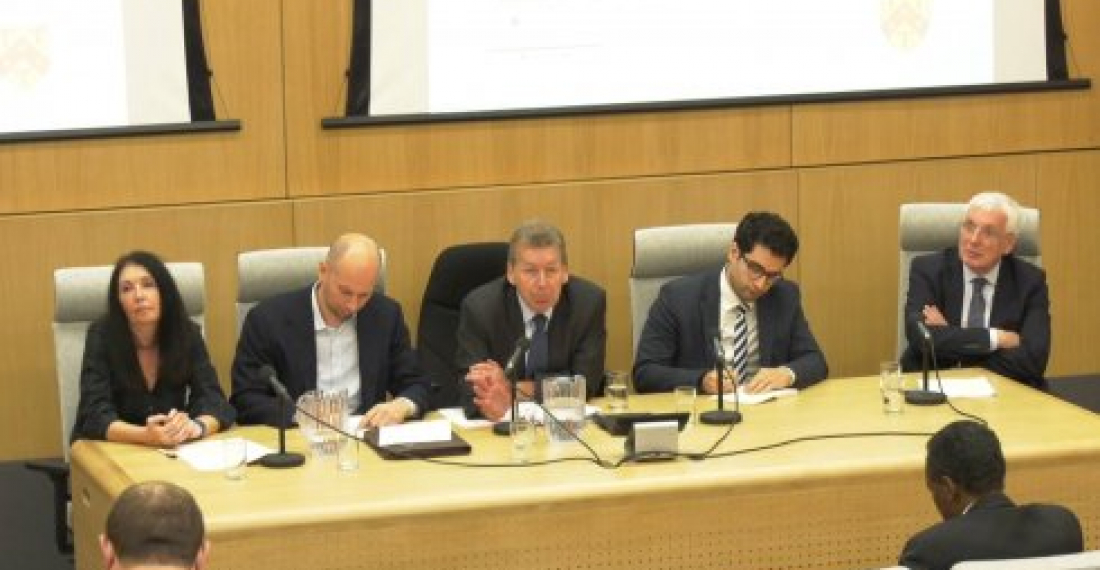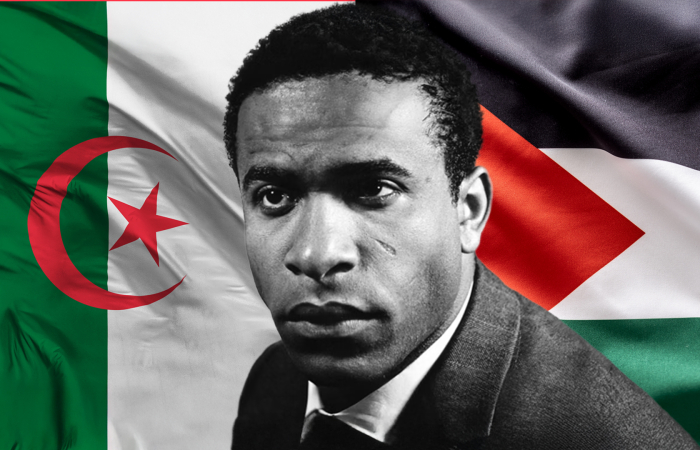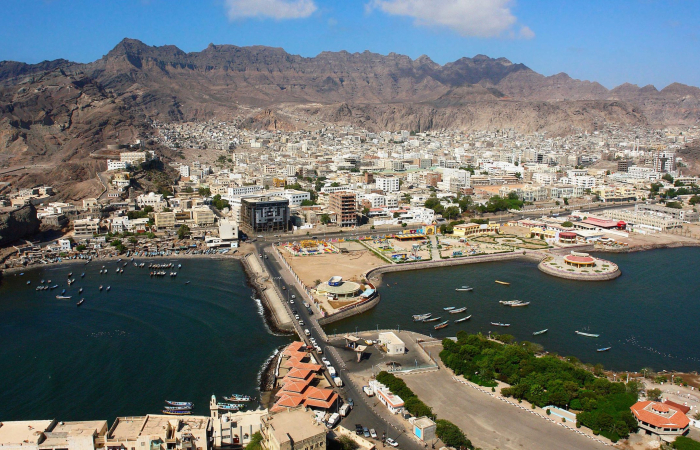Global and regional powers are directly and indirectly involved in developments in the South Caucasus. Their role is often crucial. Four international experts discussed the scope of this involvement and its impact on the region during a panel discussion at a conference held at Oxford University on Monday 12 November 2018. The panel with the theme "Big players, competing agendas, demanding clients - the role of external actors in the South Caucasus" was chaired by Craig Oliphant and it heard views from Amanda Paul, Dr Giorgio Comai, Professor Jamie Shea and Armenak Tokmajyan.
The conference was organised by LINKS and RESC in the framework of the European Union's EPNK programme with the theme "Regional Co-operation in the South Caucasus: elusive but necessary".
You can watch the panel discussion on the commonspace.eu youtube channel here
source: commonspace.eu
photo: The panel discussion "Big players, competing agendas, demanding clients - the role of external actors in the South Caucasus" from left to right Amanda Paul, Giorgio Comai, Craig Oliphant, Armenak Tokmajyan and Jamie Shea







